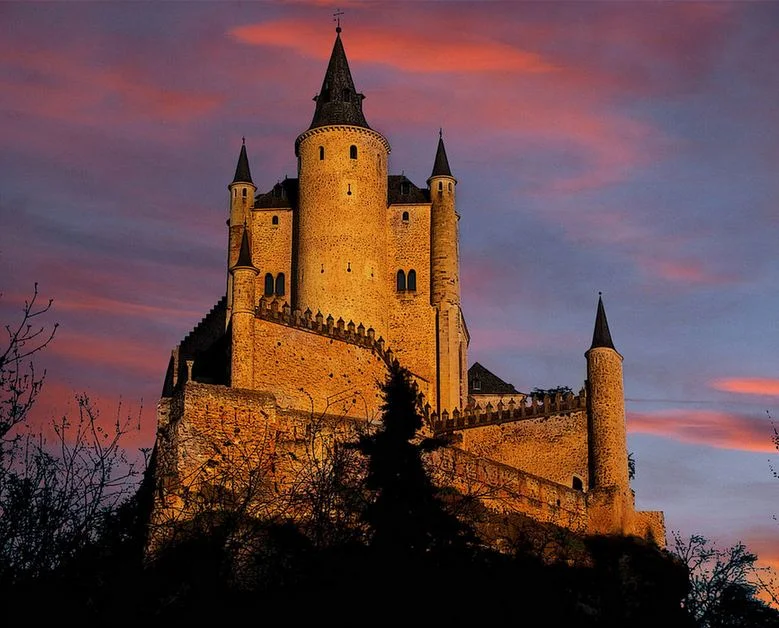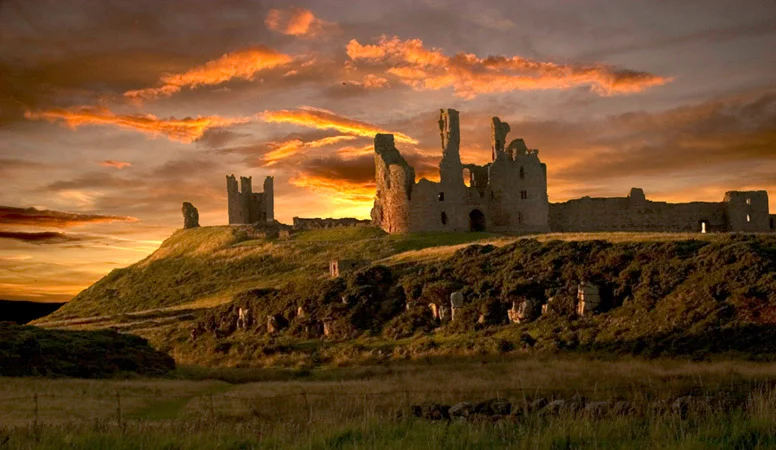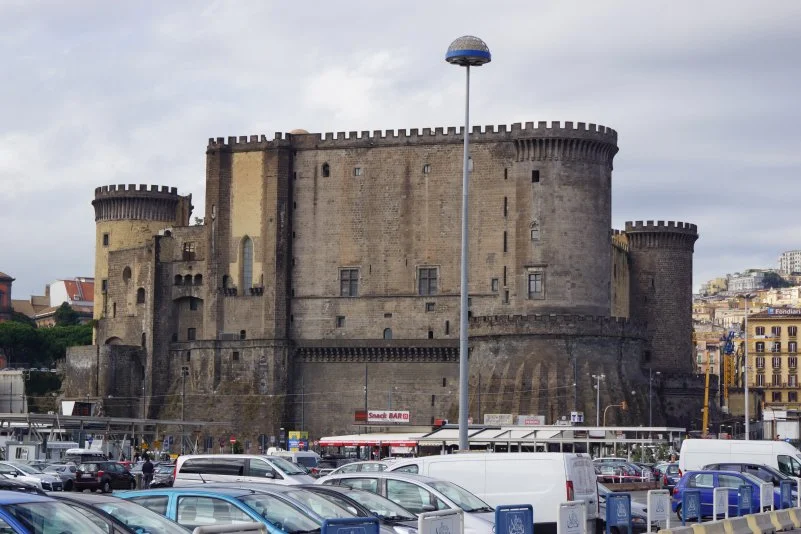1. Heidelberg Castle (Germany)
Nestled among the green hills of Baden-Württemberg and crowning the old medieval city of Heidelberg, Heidelberg Medieval Castle is one of Germany's most remarkable romantic sights. The first mention of the castle dates back to 1225. The castle ruins are one of the most important Renaissance structures north of the Alps. For many years, Heidelberg Castle was the seat of the Palatine Counts, who were accountable only to the emperor.
 |
| Heidelberg Castle |
2. Hohensalzburg Castle (Austria)
One of the largest medieval castles in Europe, located on Mount Festung, at an altitude of 120 meters, near Salzburg. During its existence, Hohensalzburg Castle was repeatedly rebuilt and fortified, gradually turning into a powerful, impregnable fortress.In the 19th century, the castle was used as a warehouse, military barracks and a prison. The first mention of the castle dates back to the 10th century.
 |
| Hohensalzburg Castle |
3. Bran Castle (Romania)
Located almost in the center of Romania, this medieval castle gained its worldwide fame thanks to Hollywood, it is believed that Count Dracula lived in this castle. The Bran Castle is a national monument and the main attraction of Romania. The first mention of the castle dates back to the 13th century.
 |
| Bran Castle |
4. Alcázar de Segovia (Spain)
This majestic stone fortress is located near the city of Segovia in Spain and is one of the most famous castles of the Iberian Peninsula. It was his special shape that inspired Walt Disney to recreate Cinderella's castle in his cartoon. The Alcázar de Segovia (castle) was originally built as a fortress, but served as a royal palace, prison, royal artillery school and military academy. It is currently used as a museum and storage site for the Spanish military archives. The first mention of the castle dates back to 1120, it was built during the reign of the Berber dynasty.
 |
| Alcázar de Segovia |
5. Dunstanburgh Castle (England)
The Dunstanburgh Castle was built by the Earl Thomas of Lancaster between 1313 and 1322 at a time when the relationship between King Edward II and his vassal, Baron Thomas Lancaster, became overtly hostile. In 1362, Dunstanburgh became the property of John of Ghent , the fourth son of King Edward III , who significantly rebuilt the castle. During the War of the Scarlet and White Rose, the Lancaster citadel was shelled, as a result of which the castle was destroyed.
 |
| Dunstanburgh Castle |
6. Cardiff Castle (Wales)
Situated in the heart of Cardiff City, this medieval castle is one of the most defining monuments in the capital of Wales. The Cardiff Castle was built by William the Conqueror in the 11th century on the site of the former fort of the 3rd century Roman Empire.
 |
| Cardiff Castle |
7. Edinburgh Castle (Scotland)
This medieval castle dominates the skyline of Edinburgh, the capital of Scotland. The historical origins of the formidable Edinburgh Castle on the cliff are shrouded in mystery, it is mentioned in the epics of the 6th century, appear in the annals before finally coming to the fore in Scottish history when Edinburgh established itself as a seat of monarchical power in the 12th century.
 |
| Edinburgh Castle |
8. Blarney Castle (Ireland)
One of the most visited sites in southern Ireland, it is also one of the most pristine examples of medieval fortification in the world. Blarney Castle is the third fortress built on this site. The first building was made of wood and dates back to the 10th century. Around 1210, a stone fortress was built in its place. Subsequently, it was destroyed and in 1446 Dermot McCarthy, ruler of Munster, built the third castle on this site, which has survived to this day.
 |
| Blarney Castle |
9. Castel Nuovo (Italy)
The medieval castle of Castel Nuovo was built by the first king of Naples, Charles I of Anjou, Castel Nuovo is one of the city's most famous landmarks. With its thick walls, majestic towers and impressive triumphal arch make it the quintessential medieval castle.
 |
| Castel Nuovo |
10. Conwy Castle (England)
The Conwy Castle is a magnificent example of architecture of the XIII century, it was built by order of King Edward I of England. It is surrounded by a stone wall with eight round towers. Until now, only the castle walls have survived, but they also look very impressive. Many huge fireplaces were used to heat the castle.
 |
| Conwy Castle |
